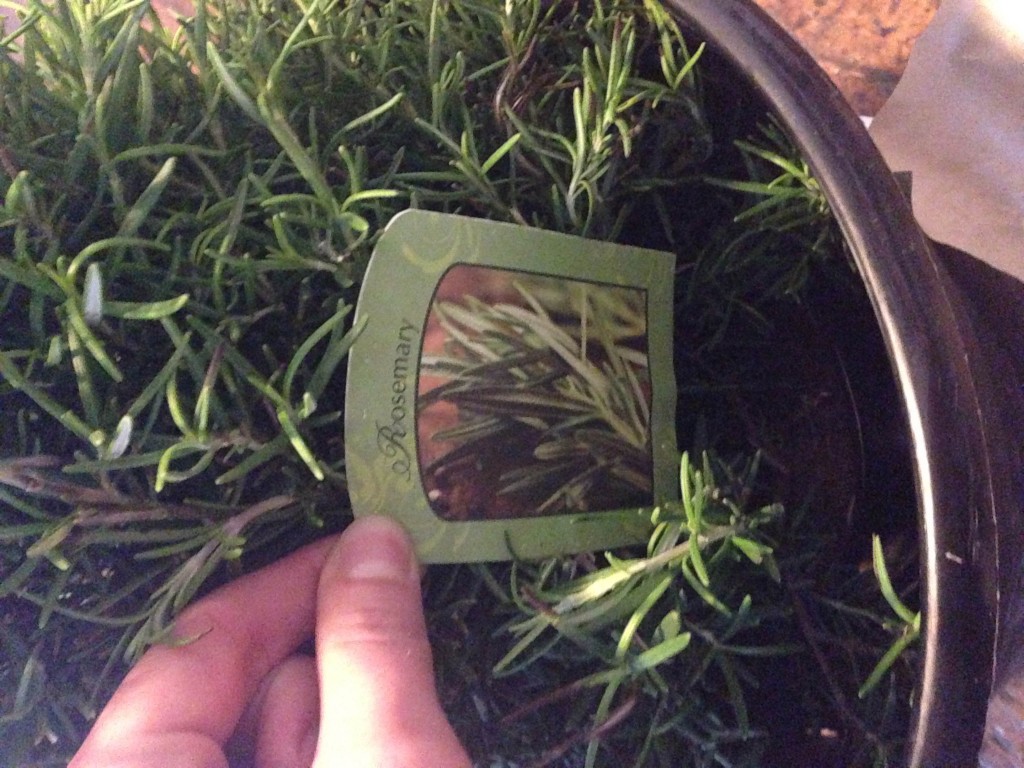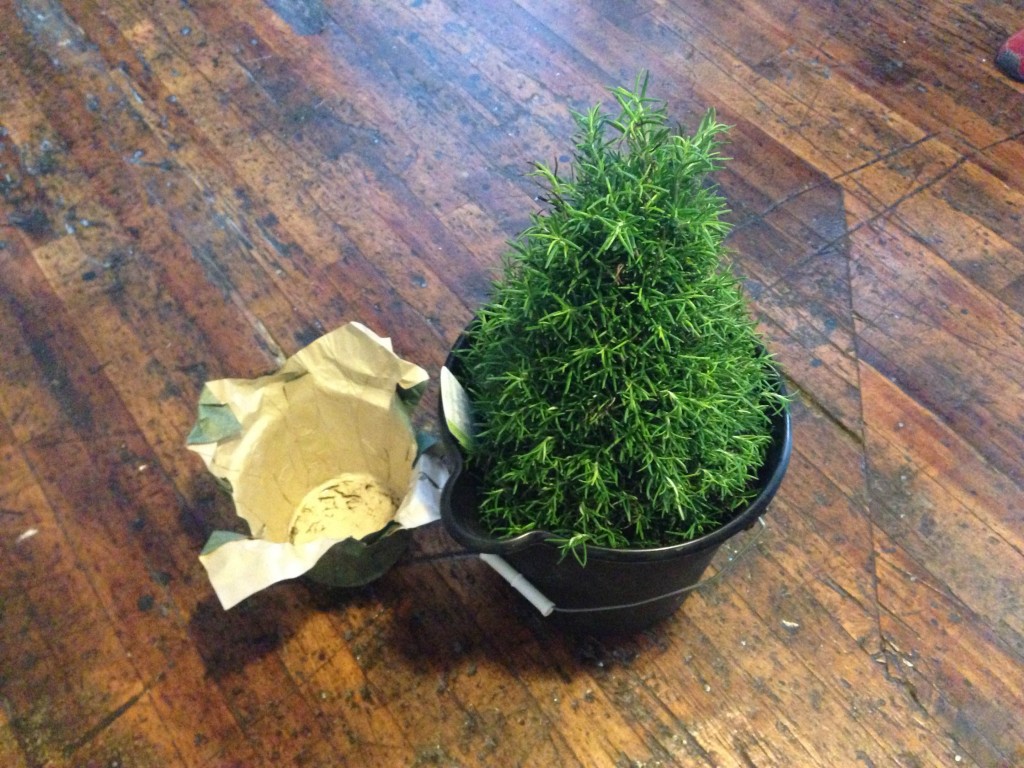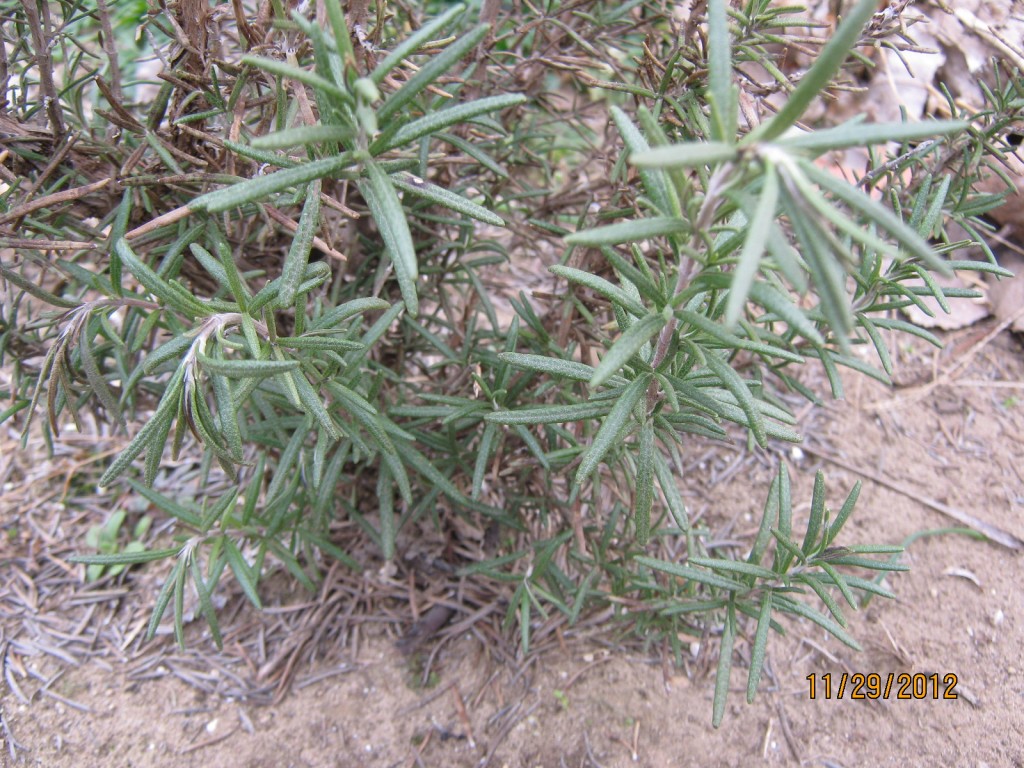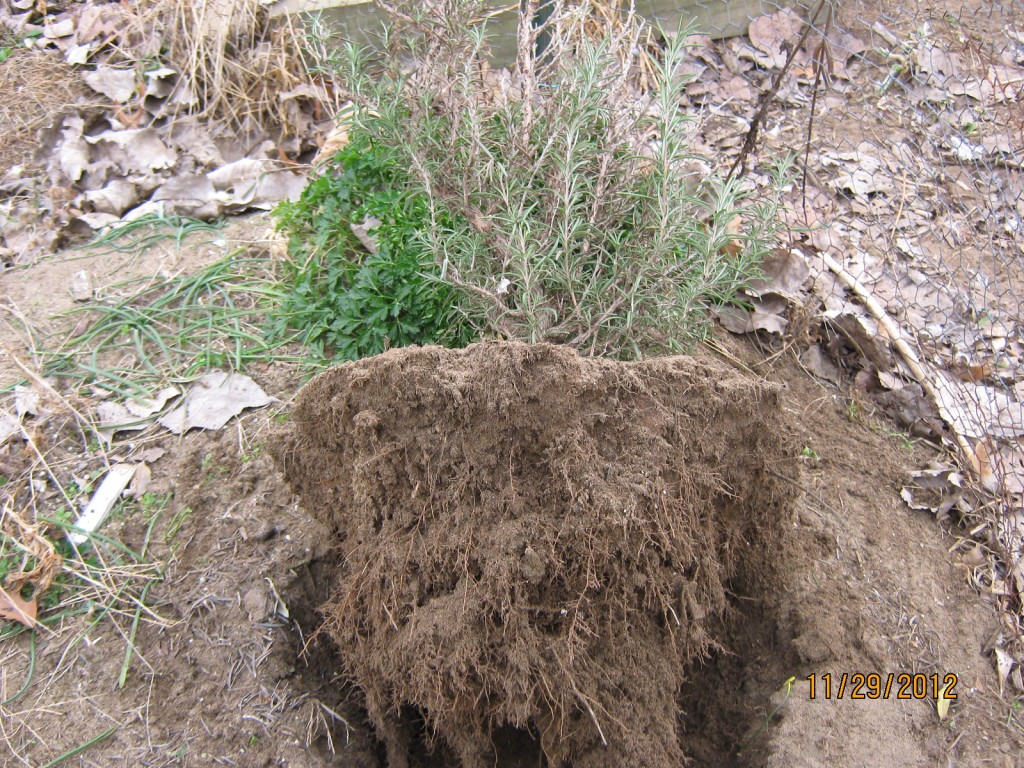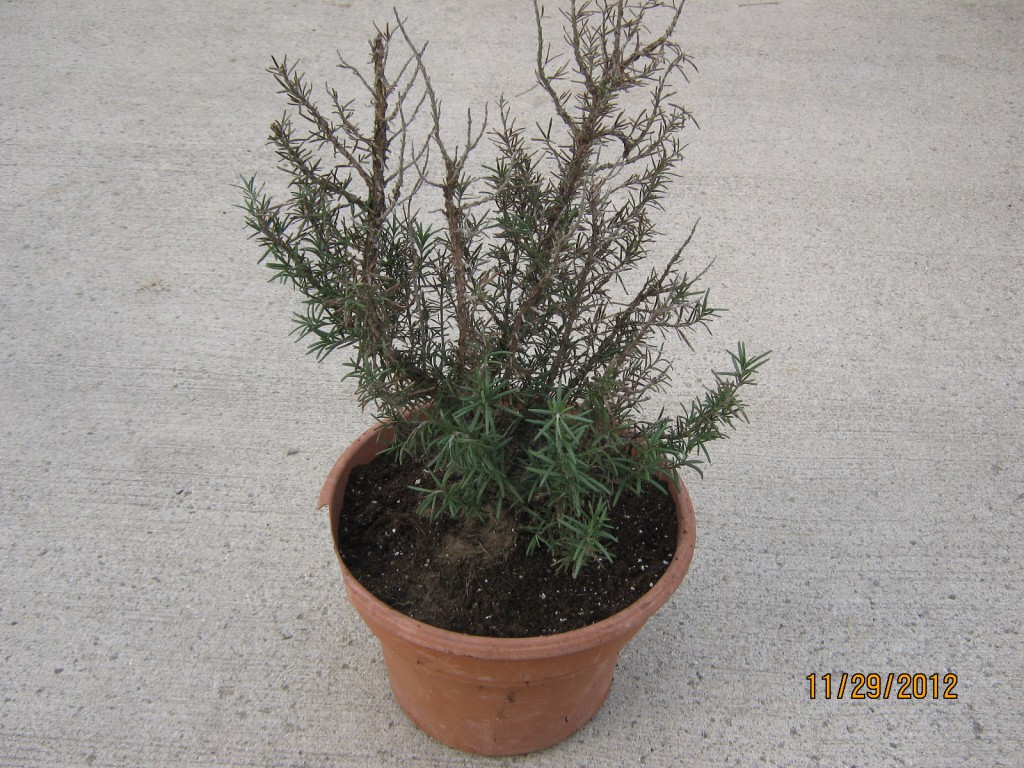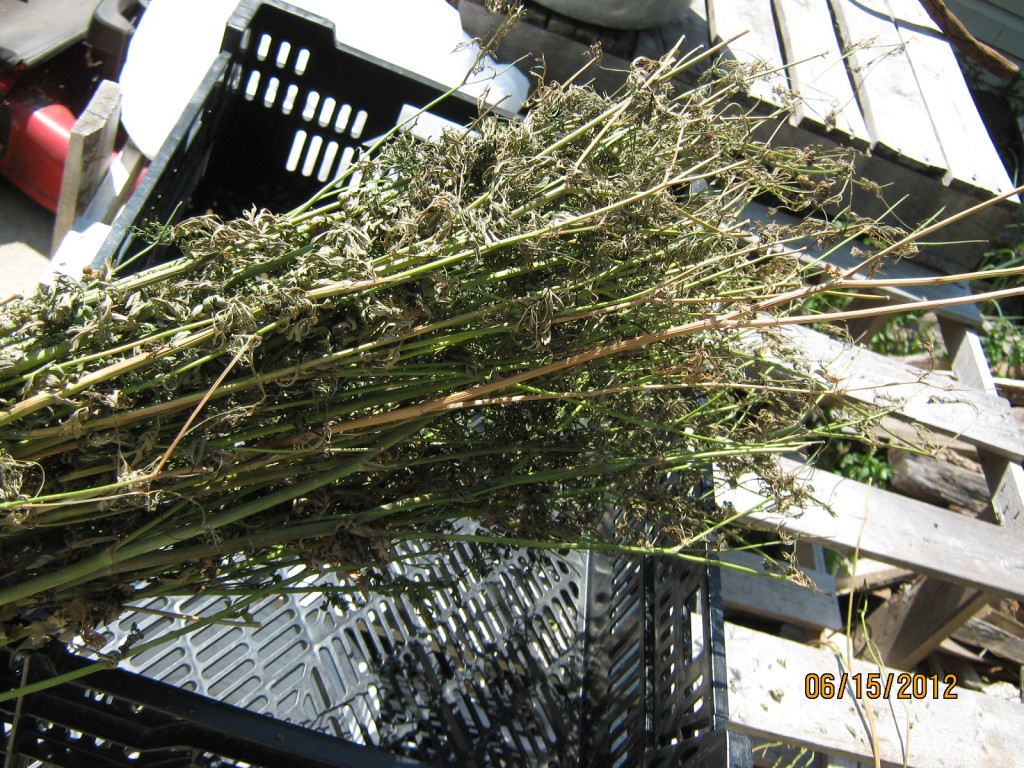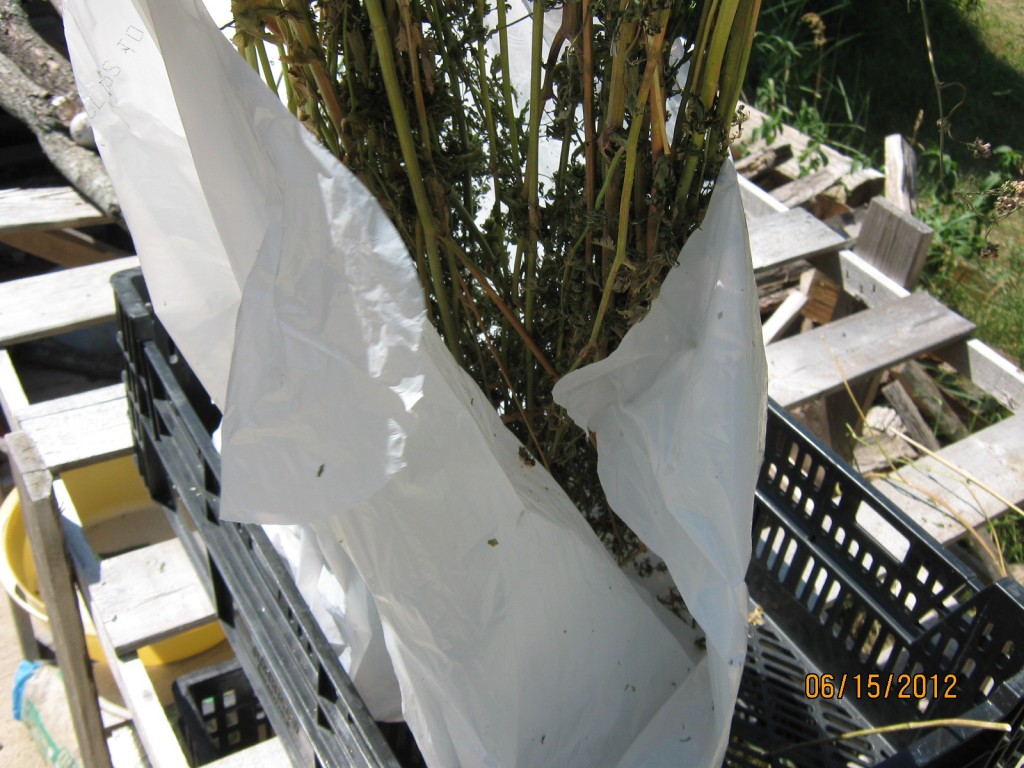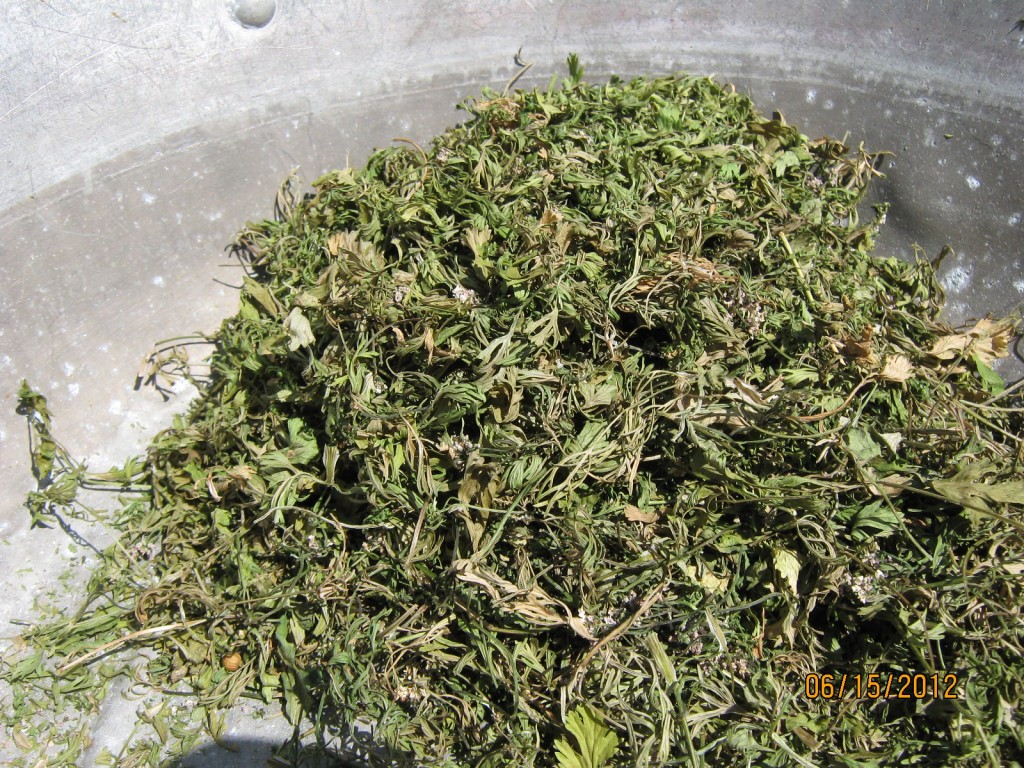Whenever I taste fresh dill in a dip or salad, it brings up memories of my childhood spending time with my Polish grandmother. During the growing season I remember her using dill for a lot of different things. As a result, the lingering scent of fresh dill hung in her kitchen all summer long. For that reason alone dill is one of my favorite herbs.
Another good reason to put it at the top of the list, besides the nostalgia factor, is how easy it is to grow. In my garden, I have it coming up year after year on its own.
It all started several years ago when I had a bunch of dried dill umbels (tops) hanging up in the open air in a forgotten part of a shed. When I found them they had collected a lot dust and I was in no mood to try to clean them. How would you do that anyway?
So, I crunched them up with my hands and threw the seed into every corner and edge of the garden. Ever since then, I’ve never had to worry about planting dill. They show up every where. I just have to make sure I leave a few plants to mature and drop seeds.
The normal way to start dill is to sow them in rows at the spacing of about 15 to 20 seeds per foot. It takes about a week to ten days for the seeds to emerge. Once they are up, thin them to about three plants per foot. You will have to keep the weeds down around it, just like the rest of your garden.
Keep in mind that dill typically grows to a height of three or four feet so it will shade shorter plants. That’s why I try to restrict my dill to the out of the way places in my garden.
Dill leaves — also called dill weed — can be cut and used anytime during the growing season. For dill pickles, harvest the umbels when the seeds are full size but haven’t turned brown. That’s the secrete for super flavorful dill pickles.
If you can’t use all of your dill right away, air-dry the umbels in the shade. Traditionally, the dried umbels are stored in glass jars but I suppose any air tight container will work. Besides, a glass jar of dill umbels sitting on your kitchen counter is very decorative and lets everyone know you are a real chef.
There is still time to sow dill seed.
Once you have your first crop of dill and remember to leave a few plants in the garden at the end of the season, you won’t have to plant it ever again.
Bob

